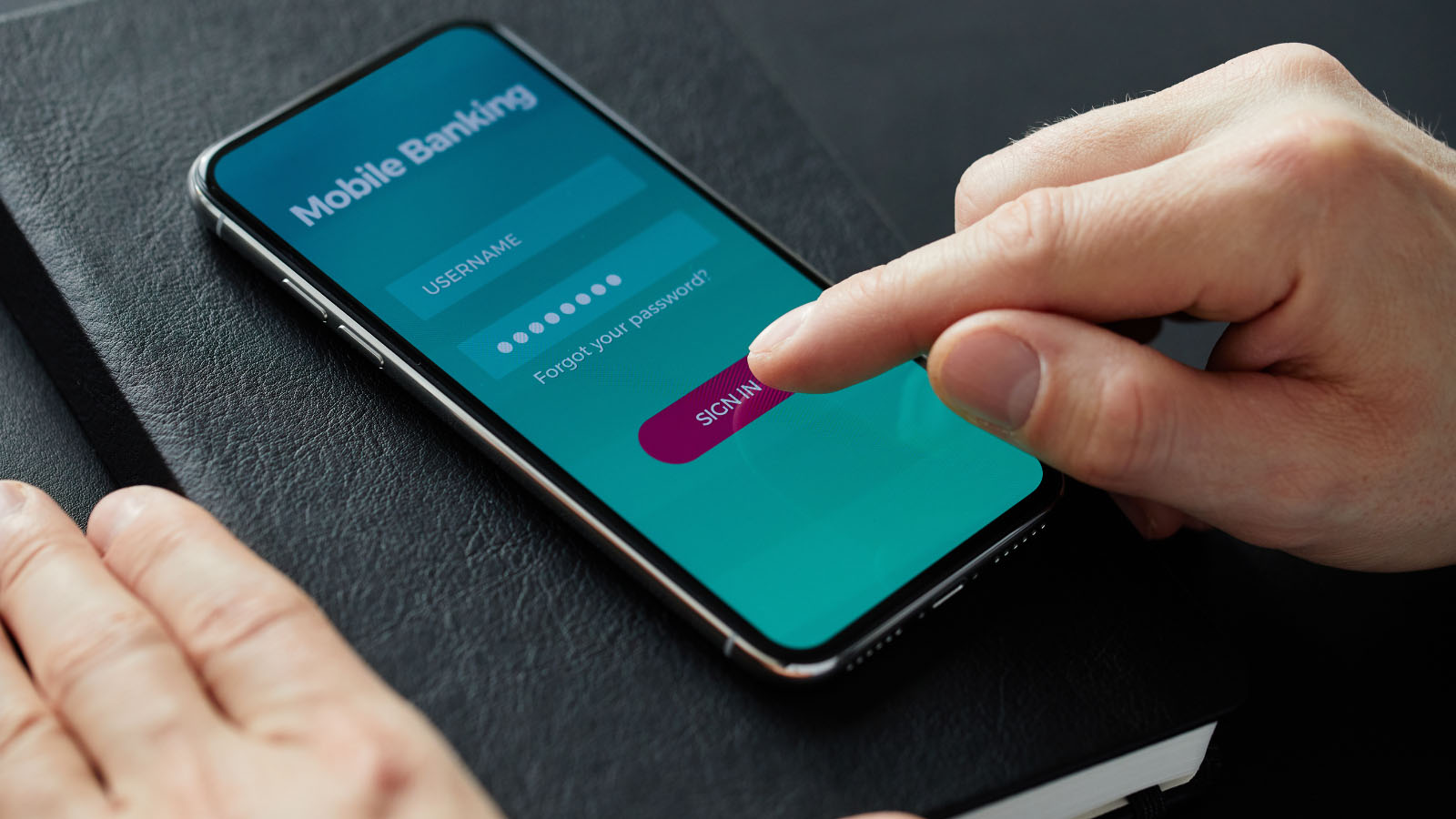Tokenization, a security measure that substitutes sensitive data, such as credit card numbers, with surrogate values, has become central to preventing mobile wallet fraud. It enhances mobile wallet security in two primary ways.
Reduced Risk of Interception: Payment account information is transmitted only once during the initial provisioning process, which minimizes the risk of interception.
Limited Exposure: With tokenization, PAN is neither stored on the user’s device nor with the merchant, which significantly reduces the likelihood of unauthorized access.
The global Tokenization Market size was valued at $2.3 billion in 2021, and it is projected to reach $5.6 billion by the end of 2026. As it continues to grow, it is important to understand the benefits and risks associated with this technology.
Benefits of Tokenization
- Tokenization bolsters the security of mobile wallet transactions by making it more difficult for fraudsters to misuse stolen payment information.
- Tokenization enhances the convenience and user experience of mobile wallet transactions by allowing customers to securely make payments without physically presenting their payment cards.
Risks Associated with Tokenization
- The anonymization offered by tokenization presents challenges for fraud detection systems. With transaction data replaced by tokens, the conventional analysis of transaction details becomes ineffective in identifying suspicious activity. Tracking and tracing fraudulent transactions back to their source can be more complex, necessitating innovative approaches to fraud detection.
- Tokenization introduces new attack vectors that fraudsters may exploit. Criminals can steal payment information or tokens and use them to execute unauthorized transactions, even without physical possession of the payment card. This underscores the need for robust authentication processes and continuous monitoring to prevent and detect fraud.
- Mobile wallets are often linked to multiple payment options, such as credit cards, debit cards, and bank accounts. This complexity adds to the challenge of tracking and detecting fraud.
Mitigating the Risks
To address the risks associated with tokenization, financial institutions can implement several strategies to enhance security and mitigate potential vulnerabilities.
Invest in advanced fraud detection systems that are capable of analyzing transaction patterns, user behavior, and other relevant data to identify suspicious activity. These systems can employ machine learning algorithms to adapt and evolve in response to emerging fraud techniques.
Implement strong authentication processes to ensure that only authorized users can access and use mobile wallets. This includes multifactor authentication methods, biometric authentication, and secure user verification techniques to validate user identities.
Continuous monitoring of mobile wallet transactions is essential to detect and respond to potentially fraudulent activities promptly. Real-time alerts can help identify suspicious transactions and trigger immediate action to prevent further unauthorized activities.
Community banks and credit unions should collaborate with industry organizations, payment networks, and technology providers to share information, best practices, and emerging threats. This collaborative approach strengthens the collective ability to identify and respond to evolving fraud tactics.
Educating customers and membersabout the security features and best practices related to mobile wallets is crucial. Banks and credit unions can provide resources, guidelines, and proactive communication to help customers understand the importance of secure mobile wallet usage and how to protect themselves from potential fraud
Tokenization offers significant benefits, including heightened security, convenience, and customer trust. However, it is crucial to address the associated risks. By striking the right balance between security and convenience, community banks and credit unions can leverage the full potential of tokenization and provide their customers with a safe and seamless mobile payment experience.

